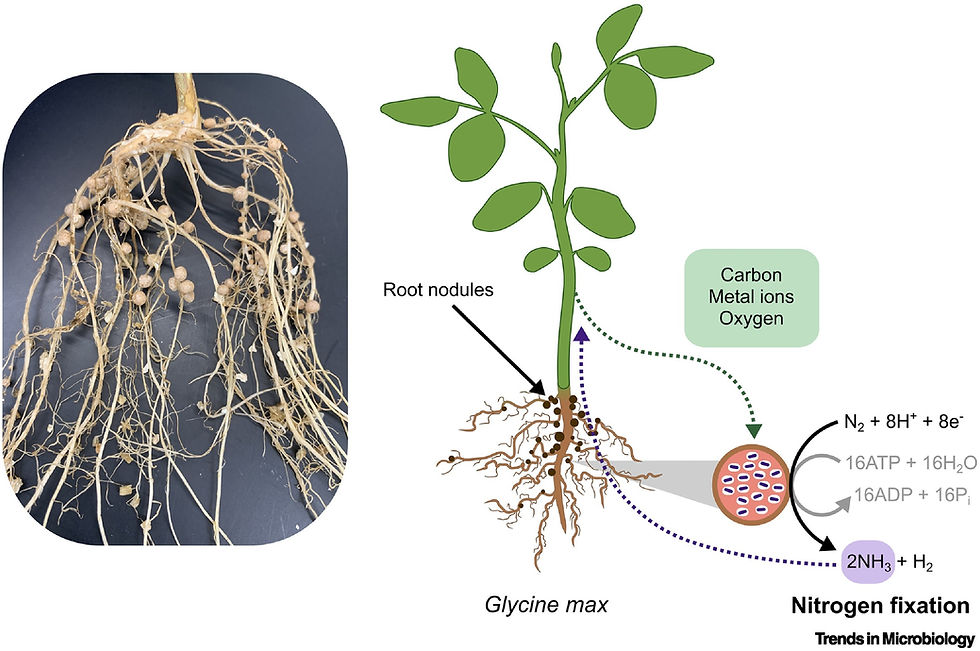Biological pest control agent profiles: Trichoderma fungi (Trichoderma spp.)
- Miguel M.LS.

- Jul 25, 2021
- 2 min read
Updated: Dec 14, 2021
Trichoderma fungi are an efficient, cost-effective, and selective means for the biological control of fungal diseases, bacterial diseases, and even nematodes, as through their own growth they outcompete, parasite, and create resistance in plants against damaging pathogens. Rather than being an agent of biocontrol, they conform a genus out of which around 25 species serve as agents individually or in distinct combinations, and all of the 25 species are used around the world as a weapon against the over 10,000 species of fungi that produce economically significant damage in crops. Together, Trichoderma fungi species constitute around 90% of the fungal species known to serve as anti-fungal agents in agriculture, and they form the basis for around 60% of the fungicides of biological origins currently available in the market.

Trichoderma harzianum, one of the most widely used species of Trichoderma fungi, seen growing from spores under the microscope.
Possibly the greatest strengths of Trichoderma fungi are both their capability to establish themselves permanently in an agricultural setting that is capable of sustaining fungal life (outlining once more the importance of integrating conservation techniques of biological control into the whole equation) and their incredibly wide range of techniques to combat fungal and bacterial plagues as well as nematodes. Trichoderma fungi act either directly against pathogens by mycoparasitism (parasitism of one fungus on another), aggressive competition and generation of antibiotics, or indirectly by improving the health of the plants that serve as their hosts, thus making them more resistant to pathogens (weakened as well through the more direct action of Trichoderma fungi). All of this makes them incredibly useful, dual-purpose creatures that at the same time increase yield, vigor and nutrient absorption as they combat disease and ensure a better overall health of the crops.

Trichoderma fungi are also mycorrhizal fungi, and as such they present all the benefits of mycorrhizae. Above, a comparison between root systems not inoculated and inoculated with Trichoderma harzianum.
AGENT PROFILE
Common name(s): Trichoderma fungi.
Often-used species: Depending on the region, species used are often non-native.
Type of predator: Non-predatorial (parasitic at most).
Potential damaging effects: On crops of edible fungi, such as Agaricus bisporus.
Interesting literature on its usage: A general but very detailed overview on these fungi and their usage (2020), a general review of their usage alongside other fungi (2020), a review of their biocontrol mechanisms (2004), a study of their working alongside mycorrhizae and other fungi against nematodes (2020), divulgation material on their usage (2016).



Bed bugs can be a nightmare for any homeowner. If you’re in the Toronto area, consider contacting a trusted bed bug exterminator Toronto like Pesticon for fast and effective results.